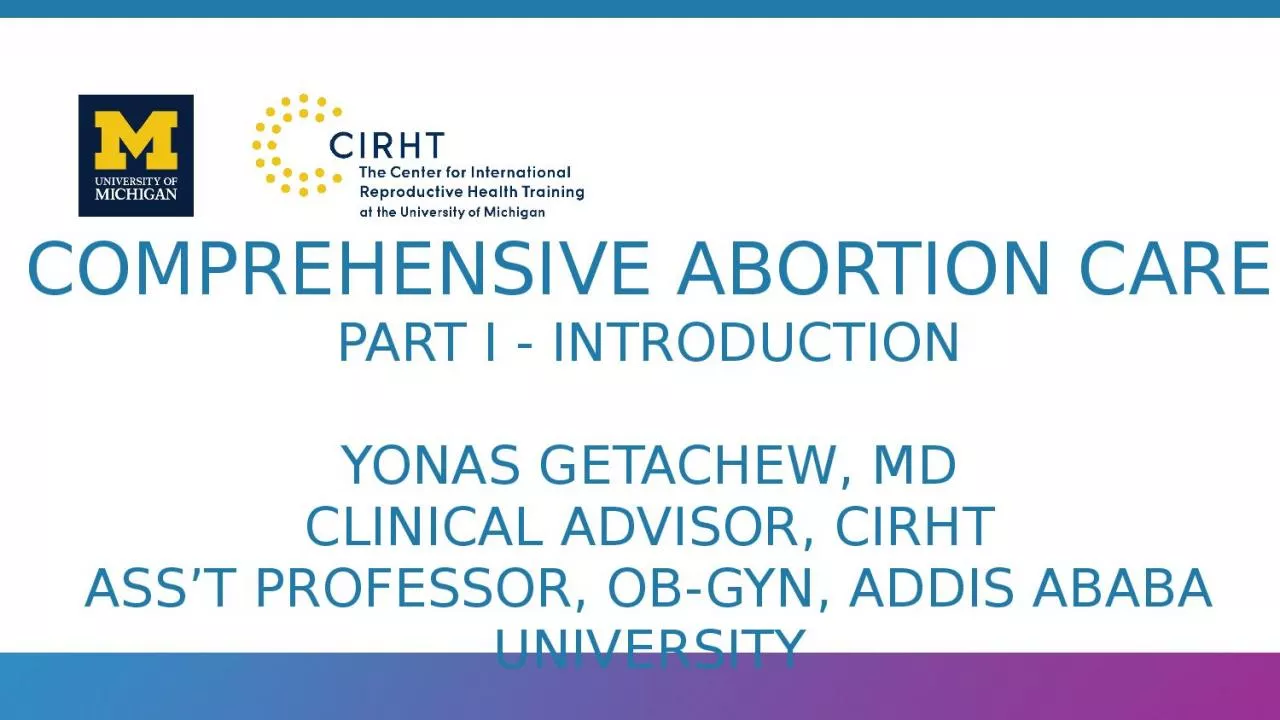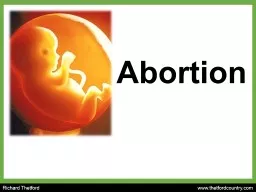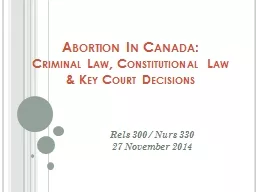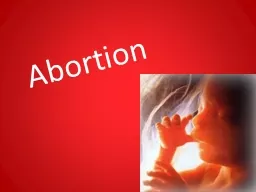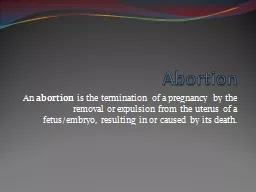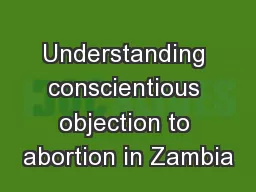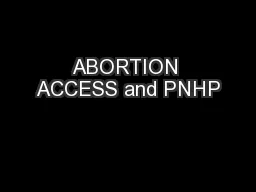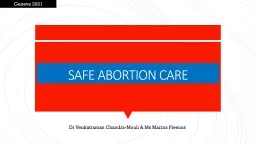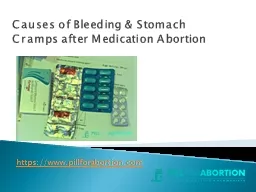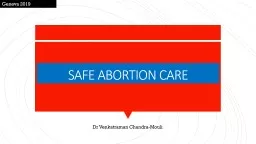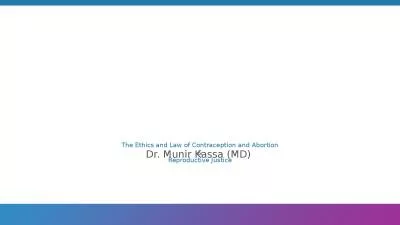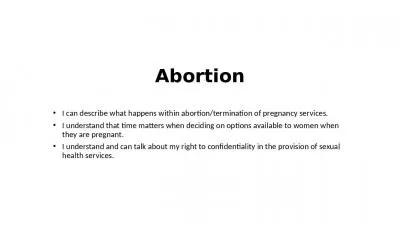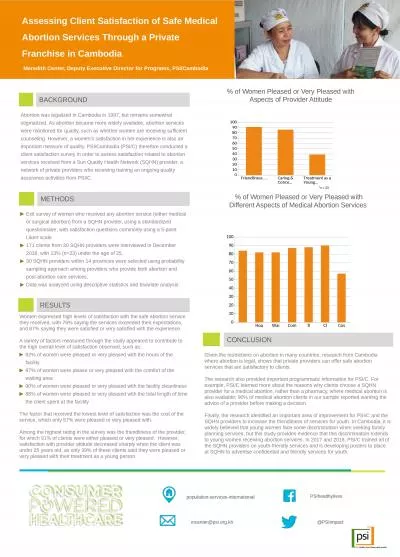PPT-COMPREHENSIVE ABORTION CARE
Author : anya | Published Date : 2023-05-20
PART I INTRODUCTION YONAS GETACHEW MD CLINICAL ADVISOR CIRHT ASST PROFESSOR OBGYN ADDIS ABABA UNIVERSITY Introduction Part I Define abortion Describe global regional
Presentation Embed Code
Download Presentation
Download Presentation The PPT/PDF document "COMPREHENSIVE ABORTION CARE" is the property of its rightful owner. Permission is granted to download and print the materials on this website for personal, non-commercial use only, and to display it on your personal computer provided you do not modify the materials and that you retain all copyright notices contained in the materials. By downloading content from our website, you accept the terms of this agreement.
COMPREHENSIVE ABORTION CARE: Transcript
Download Rules Of Document
"COMPREHENSIVE ABORTION CARE"The content belongs to its owner. You may download and print it for personal use, without modification, and keep all copyright notices. By downloading, you agree to these terms.
Related Documents

